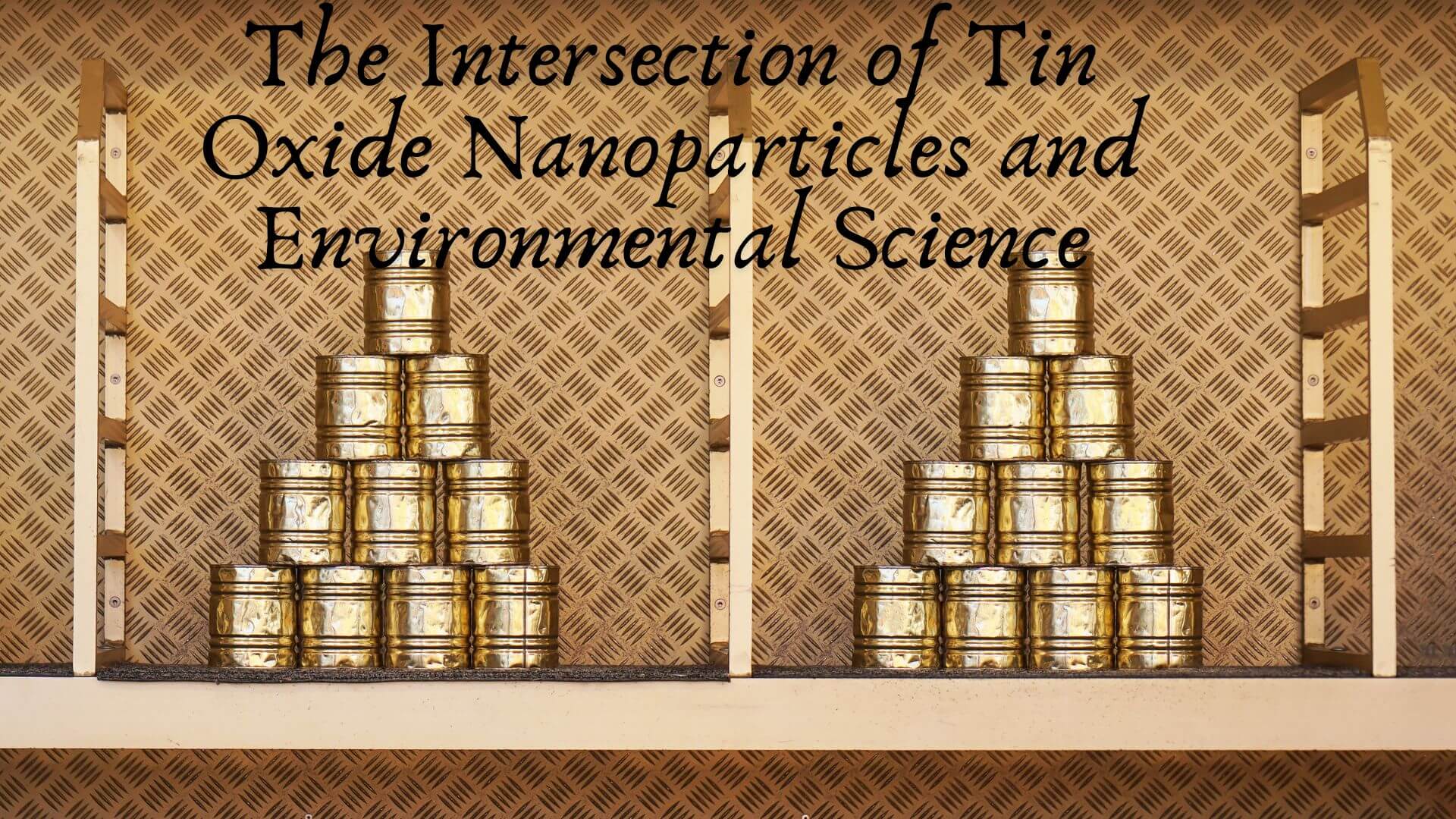Introduction
Tin oxide nanoparticles (SnO₂ NPs) have garnered significant attention in the scientific community due to their unique properties and versatile applications. As environmental concerns rise globally, the intersection of tin oxide nanoparticles and environmental science presents promising opportunities for sustainable solutions. This article delves into the role of tin oxide nanoparticles in addressing environmental challenges, highlighting their applications, benefits, and potential risks.
Properties of Tin Oxide Nanoparticles
Tin oxide nanoparticles exhibit distinct physical and chemical properties that make them suitable for various environmental applications. These properties include:
- High Surface Area: The increase surface area of nanoparticles enhances their reactivity and effectiveness in environmental applications.
- Optical Properties: Tin oxide nanoparticles possess unique optical properties, such as high transparency and light absorption. Which are advantageous for environmental sensing and photocatalysis.
- Electrical Conductivity: SnO₂ NPs exhibit good electrical conductivity, making them useful in electronic and sensor applications.
- Chemical Stability: These nanoparticles are chemically stable, ensuring their longevity and effectiveness in various environmental conditions.
Applications in Environmental Science
Tin oxide nanoparticles have found applications in several key areas of environmental science, including air and water purification, sensing, and energy storage.
Air Purification
Tin oxide nanoparticles play a crucial role in air purification technologies. They are utilized in gas sensors to detect and monitor pollutants such as carbon monoxide (CO), nitrogen dioxide (NO₂), and volatile organic compounds (VOCs). The high sensitivity and selectivity of SnO₂ NPs make them ideal for real-time air quality monitoring. Additionally, tin oxide-base photocatalysts can degrade harmful pollutants in the air, contributing to cleaner and healthier environments.
Water Purification
Water pollution is a significant global challenge, and tin oxide nanoparticles offer effective solutions for water treatment. These nanoparticles are employed in photocatalytic degradation of organic contaminants, such as dyes, pesticides, and pharmaceuticals, in wastewater. Their ability to generate reactive oxygen species under light irradiation enables the breakdown of complex pollutants into less harmful substances. Moreover, SnO₂ NPs are use in filtration systems to remove heavy metals and pathogens from water, ensuring safe and clean drinking water.
Environmental Sensing
Environmental monitoring is essential for assessing and managing pollution levels. Tin oxide nanoparticles are integral components of environmental sensors due to their high sensitivity and rapid response to environmental changes. These sensors can detect trace amounts of pollutants in air and water, providing valuable data for environmental protection and regulatory compliance. For instance, SnO₂-based sensors are used to monitor air quality in urban areas. Detect hazardous gasses in industrial settings, and ensure water quality in natural water bodies.
Energy Storage and Conversion
Renewable energy technologies are vital for sustainable development, and tin oxide nanoparticles contribute to advancements in energy storage and conversion. SnO₂ NPs are used in lithium-ion batteries as anode materials, enhancing battery performance and capacity. Their high surface area and electrical conductivity improve the charge-discharge cycles and overall efficiency of batteries. Additionally, tin oxide nanoparticles are explored in solar cells to enhance light absorption and energy conversion efficiency, promoting the use of clean and renewable energy sources.
Benefits and Potential Risks
The integration of tin oxide nanoparticles in environmental science offers numerous benefits. Including improved pollution detection and mitigation, enhanced water treatment processes, and advancements in renewable energy technologies. However, it is essential to consider potential risks associated with their use.
Benefits
- Enhanced Efficiency: The unique properties of tin oxide nanoparticles lead to more efficient and effective environmental applications. Such as faster pollutant degradation and more sensitive sensors.
- Sustainability: The use of SnO₂ NPs in renewable energy technologies supports the transition to sustainable energy sources. Reducing dependence on fossil fuels and lowering greenhouse gas emissions.
- Cost-Effectiveness: Tin oxide nanoparticles can be synthesized using cost-effective methods, making them accessible for widespread environmental applications.
Potential Risks
- Toxicity: The toxicity of tin oxide nanoparticles to human health and the environment is a concern. Studies have shown that exposure to high concentrations of SnO₂ NPs can cause adverse effects on aquatic organisms and human cells. It is crucial to conduct comprehensive toxicity assessments and establish safe exposure limits.
- Environmental Impact: The long-term environmental impact of tin oxide nanoparticles needs to be evaluated. The release of nanoparticles into the environment during production, use, and disposal can lead to accumulation and potential ecological harm. Proper waste management and recycling practices are necessary to mitigate these risks.
Conclusion
The intersection of tin oxide nanoparticles and environmental science holds immense potential for addressing pressing environmental challenges. The unique properties of SnO₂ NPs enable their use in air and water purification, environmental sensing, and renewable energy technologies. While the benefits are significant, it is essential to balance them with potential risks through thorough research and responsible practices. As the field of nanotechnology continues to evolve, tin oxide nanoparticles are poised to play a pivotal role in creating a cleaner, healthier, and more sustainable future.










